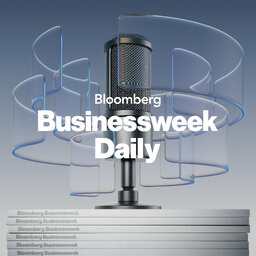Baltimore Bridge Collapse
Watch Carol and Tim LIVE every day on YouTube: http://bit.ly/3vTiACF.
Bloomberg Balance of Power Anchor Kailey Leinz reports on the latest news on a major commuter bridge in Baltimore collapsing after being rammed by a container ship. Bloomberg News Trade Tsar Brendan Murray discusses the details of his story Baltimore Bridge Chaos to Test Flexibility Again. Chris Gaffney, President of World Markets at EverBank, shares his thoughts on Fed policy and investing. And we Drive to the Close with Leo Kelly, CEO of Verdence Capital Advisors.
Hosts: Carol Massar and Tim Stenovec. Producer: Paul Brennan.
 Bloomberg Businessweek
Bloomberg Businessweek


